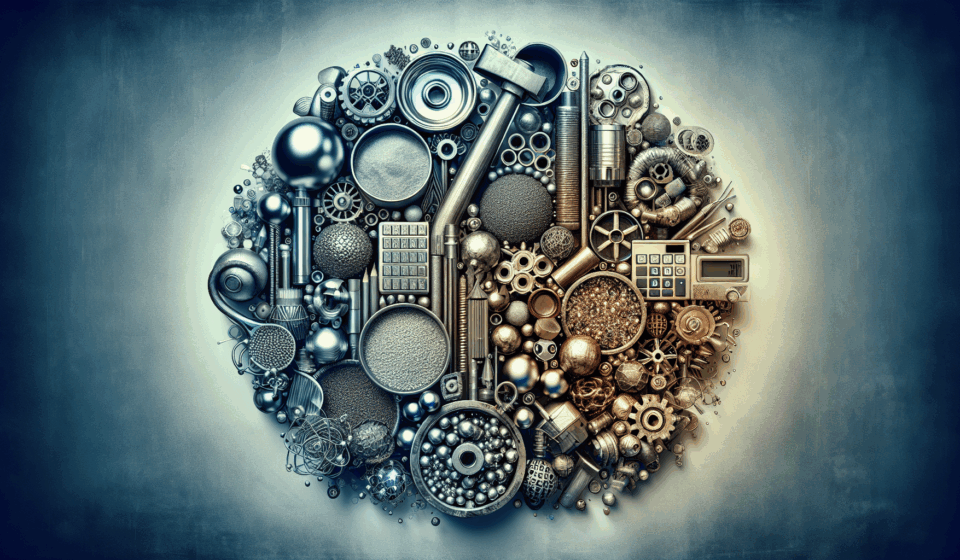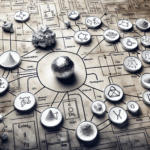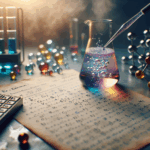
SUMMARY- METAL NON-METAL
The document provides an extensive overview of metals and non-metals, categorizing elements based on their properties and behaviors. It begins by stating that all known elements, approximately 118, can be divided into two primary groups: metals and non-metals, with some elements exhibiting characteristics of both, referred to as metalloids .
Metals
Metals are defined as elements that form positive ions by losing electrons, with examples including copper, iron, and aluminum . They possess several distinctive physical properties:
Metallic Lustre: Metals typically have a shiny appearance, as seen in gold and silver.
Physical State: Most metals are solid at room temperature, with mercury being a notable exception as it is liquid.
Hardness: While many metals are hard, some, like lithium and sodium, are soft enough to be cut with a knife.
Ductility and Malleability: Metals can be drawn into wires (ductility) and beaten into sheets (malleability), with gold being the most ductile and malleable.
Conductivity: Metals are generally good conductors of electricity and heat, with silver being the best conductor.
Chemically, metals react with oxygen to form metal oxides, which are usually basic in nature. The reactivity of metals varies significantly; for instance, sodium and potassium react vigorously with oxygen, while noble metals like gold and silver do not react at all.
Non-Metals
In contrast, non-metals are elements that form negative ions by gaining electrons, such as iodine and sulfur. Their physical properties include:
Lack of Lustre: Most non-metals do not exhibit a shiny appearance, although exceptions like diamond and graphite exist.
Physical State: Non-metals can be gases or solids, with bromine being the only liquid non-metal at room temperature.
Brittleness: Non-metals are generally brittle and cannot be shaped like metals.
Chemically, non-metals do not react with water or dilute acids to produce hydrogen gas, which is a key distinction from metals.
Reactions Between Metals and Non-Metals
When metals and non-metals react, they form ionic bonds through the transfer of electrons, resulting in ionic compounds. For example, sodium chloride is formed when sodium loses an electron to chlorine.
Occurrence and Extraction of Metals
Metals are primarily found in the earth’s crust as minerals, with ores being the specific types from which metals can be profitably extracted. The extraction process, known as metallurgy, involves several steps, including concentration, reduction, and refining, which vary based on the metal’s reactivity.
Corrosion and Prevention
Corrosion, the gradual degradation of metals due to environmental factors, is exemplified by the rusting of iron. Various methods, such as galvanization and alloying, are employed to prevent corrosion.
In summary, the document provides a detailed examination of the properties, reactions, and extraction methods of metals and non-metals, emphasizing their significance in various applications and the importance of preventing corrosion to maintain their integrity.





